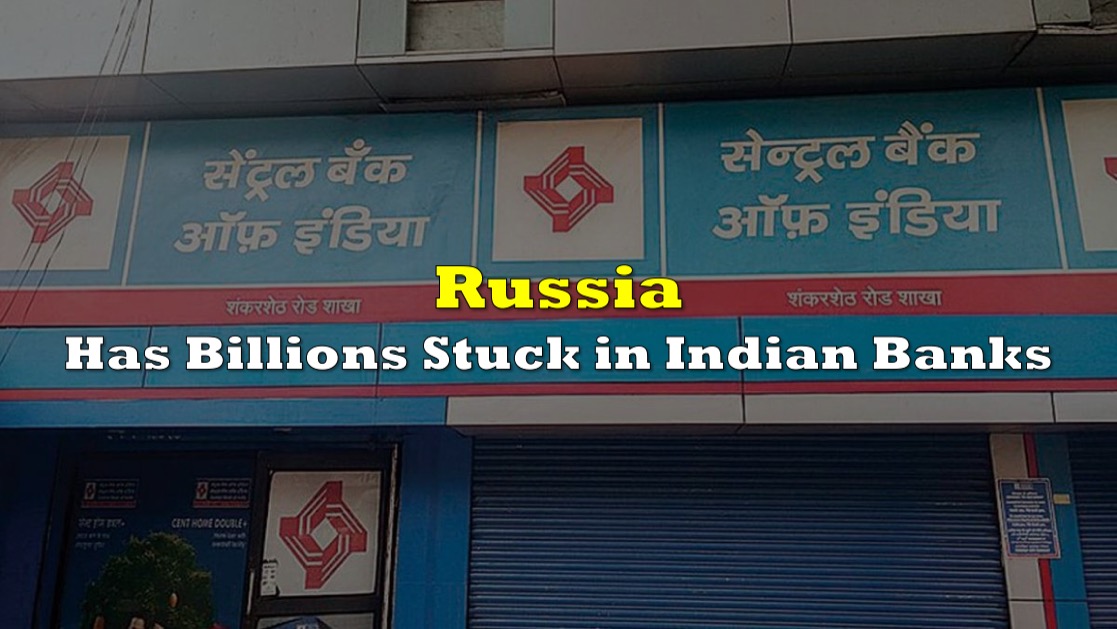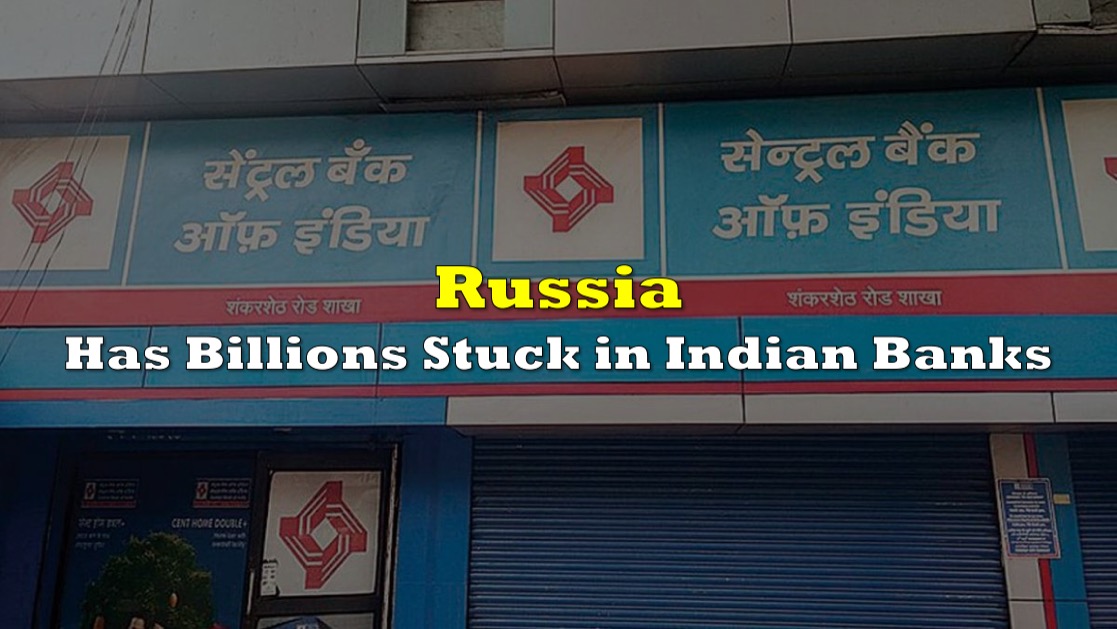Economics
Russia Has Billions Stuck in Indian Banks
Billions in profits from Russian oil sales have become trapped within Indian banks, delivering a significant setback to President Vladimir
The post Russia…

Billions in profits from Russian oil sales have become trapped within Indian banks, delivering a significant setback to President Vladimir Putin’s efforts to reduce reliance on the U.S. dollar in international trade. Traditionally, commodities like oil, gold, and wheat are traded globally using the U.S. dollar, which serves as the world’s primary reserve currency.
However, Western sanctions imposed on Russia following Putin’s invasion of Ukraine effectively isolated the Russian financial system, preventing the country from conducting transactions in U.S. dollars. This isolation severely constrained international trade.
To address this challenge, Putin attempted to sell oil to countries such as China and India in their respective local currencies, the yuan and the rupee, raising concerns about the U.S. dollar’s global strength.
China also sought to diminish the dollar’s dominance in global trade by urging Gulf Arab leaders to permit the purchase of oil and gas in yuan. Some reports even suggested the possibility of a bilateral deal denominated in yuan.
However, recent efforts to de-dollarize bilateral trade with India seem to have backfired on Moscow. Russia has become one of India’s leading oil suppliers, generating billions of dollars in sales. Consequently, up to $1 billion each month has accumulated in rupee assets in Indian banks, but restrictions imposed by the Reserve Bank of India prevent Russian companies from transferring these rupees to Russia and converting them into rubles, as reported by Bloomberg.
Timothy Ash, an economist and associate fellow at the Russia and Eurasia program at Chatham House, commented that the war in Ukraine and subsequent sanctions have underscored the U.S. dollar’s dominance. He emphasized that “there is simply no quick fix for Russia, China, and others when globally it’s still a case of ‘in the US dollar we trust,” highlighting the dollar’s ease of convertibility compared to the rupee.
Aditya Bhan of the Observer Research Foundation explained that India operates a partially convertible capital account, which allows the rupee to be swapped for foreign currencies for specific purposes. However, concerns about exchange rate stability and the potential impact on the Reserve Bank of India’s ability to manage domestic money supply and interest rates have led to reluctance in making the rupee fully convertible.
Due to these restrictions, as much as $39 billion could be trapped in Indian bank accounts, according to Reuters. Russia’s Foreign Minister Sergei Lavrov acknowledged the issue and expressed the need to use this money, but viable solutions remain under discussion.
Russia’s primary option for utilizing these funds currently appears to be spending or investing them within India. However, the trade relationship between New Delhi and Moscow is imbalanced, with India selling relatively little to Russia, leaving few avenues for expenditure.
Apart from oil, Russia is a major supplier of weapons and military hardware to India. Imports from Russia reached $41.56 billion between April 2022 and February 2023, including a substantial year-on-year increase in crude oil imports. In contrast, India’s exports to Russia amounted to just $3 billion. This situation has exacerbated the accumulation of “frozen funds,” potentially reaching tens of billions of dollars, according to Alexander Knobel, director of the Institute of International Economics and Finance.
Mikhail Zadornov, former Russian finance minister, and former bank executive suggested that the failure to repatriate these earnings from exports to India contributed to the depreciation of the ruble exchange rate. He emphasized that Russia supplied $30 billion worth of oil and petroleum products to India in the first half of the year, while imports from India were estimated at around $6-7 billion annually. This mismatch underscores the challenge of returning rupees, given the currency’s inconvertibility.
Russia has also shown interest in establishing an alternative payment mechanism with other BRICS nations (Brazil, Russia, India, China, and South Africa). However, in July India’s foreign minister, Subrahmanyam Jaishankar, indicated that there was no plan for a BRICS currency.
Information for this briefing was found via Newsweek and the sources mentioned. The author has no securities or affiliations related to this organization. Not a recommendation to buy or sell. Always do additional research and consult a professional before purchasing a security. The author holds no licenses.
The post Russia Has Billions Stuck in Indian Banks appeared first on the deep dive.
dollar
gold
commodities
reserve
money supply
interest rates
us dollar
reserve currency

Argentina Is One of the Most Regulated Countries in the World
In the coming days and weeks, we can expect further, far‐reaching reform proposals that will go through the Argentine congress.
Crypto, Crude, & Crap Stocks Rally As Yield Curve Steepens, Rate-Cut Hopes Soar
Crypto, Crude, & Crap Stocks Rally As Yield Curve Steepens, Rate-Cut Hopes Soar
A weird week of macro data – strong jobless claims but…
Fed Pivot: A Blend of Confidence and Folly
Fed Pivot: Charting a New Course in Economic Strategy Dec 22, 2023 Introduction In the dynamic world of economics, the Federal Reserve, the central bank…












